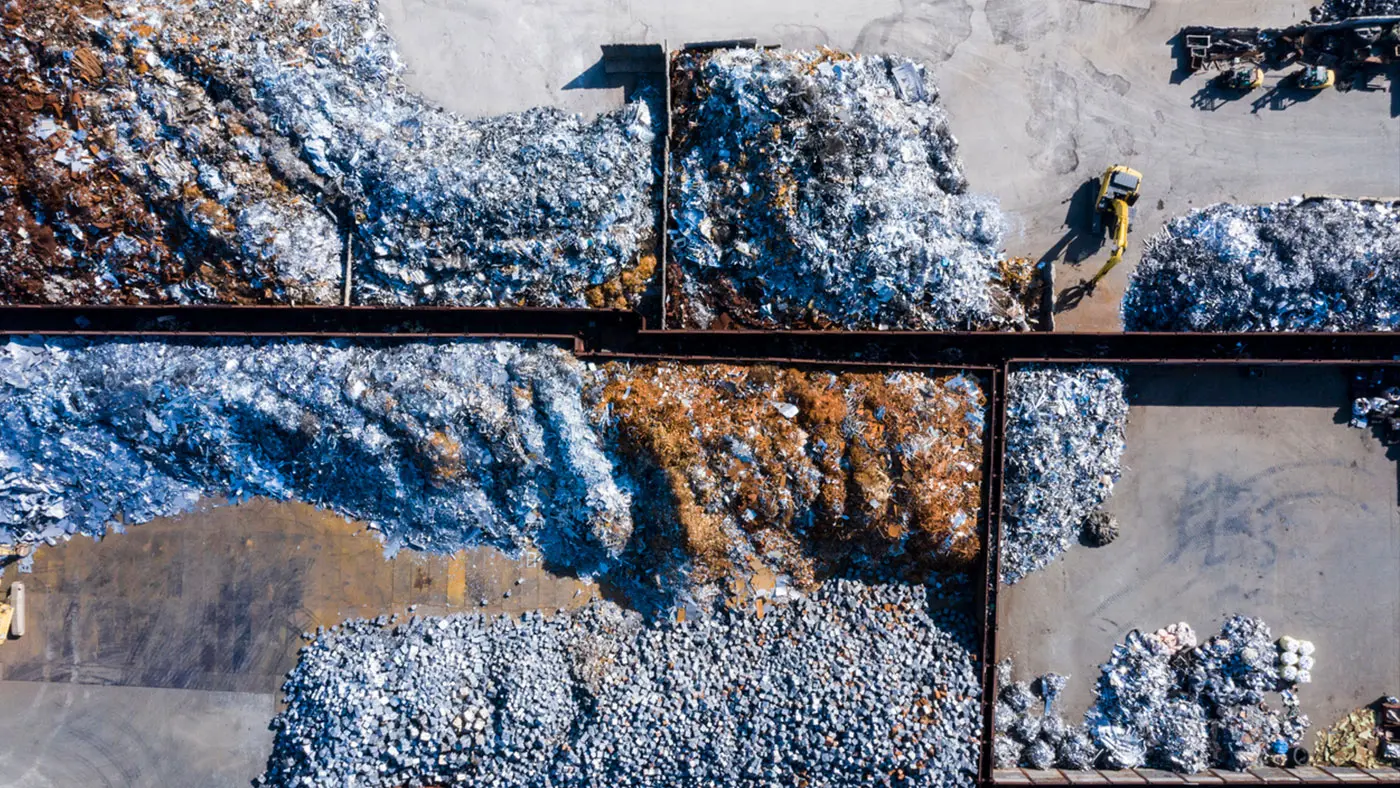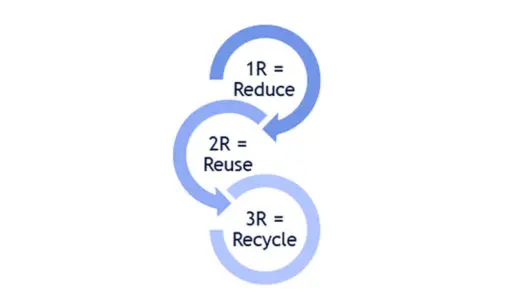
Circular economy – from words to action
Globally and locally companies are in a situation where they need to change their business models. This need for change is due, for example, to climate change and the prevailing shortage of resources.
In September, Huld TV (in Finnish) discussed the possibilities of circular economy for sustainable business. The discussions clearly highlighted the fact that both globally and locally companies are in a situation where they need to change their business models. This need for change is due, for example, to climate change and the prevailing shortage of resources. Simply improving the efficiency of processes is no longer enough, but competitiveness must now be sought more aggressively. Those companies that dare to be at the forefront of circular economy will succeed.
Companies are at various stages when thinking about bringing the circular economy into business. There is a lot of talk about sustainability and greener choices, but when are we ready to move from words to action? It is clear that in the future, investment firms and investors will focus on more sustainable solutions to a greater extent. For example, financial support is more likely to go to those companies that contribute in some way to the circular economy. Investors can see it as a big risk if there are no plans for carbon neutrality. Source: Nordea ESG-risks (in Finnish).
Start-ups are more agile in adopting circular economy business models from the very beginning. Changing the functions of larger companies requires more change to the internal mindset, as well as financial resources. On the other hand, even large companies are forced to think about sustainability in order to keep up with the rest of the world. Often the solution is to start from smaller areas and develop activities closer to the goals of sustainable development.
How to start?
If there are no direct ideas based on business models, different reference frameworks can be used. In the circular economy, we often talk about the 3R framework, which can be used as a basis to enhance both the individual and the company’s circular economy thinking.

The 9R Strategy Model has also been derived from the 3R framework. The 9R strategy model more specifically covers functions for smarter product manufacturing and use, longer product and component life, and a more rational use of materials. These frameworks help both individuals and companies to take the next step from a linear model to a circular economy. You can read more about the 9R model here.

The biggest challenge when generating ideas for business opportunities in the circular economy is getting with the old ways of thinking. Rather than operating alone, the circular economy requires planned collaboration across the entire value chain of the company. Good examples of how circular economy business models work in the real world can be found, among others, from the Ellen MacArthur Foundation website and from Sitra’s list of the most interesting circular economies.
The previous part of this blog series is here.
Is the subject evocative? At Huld, you will get help in clearing and implementing ideas.
Contact information
Kosti Niemelä
kosti.niemela@huld.io
+358 407660654